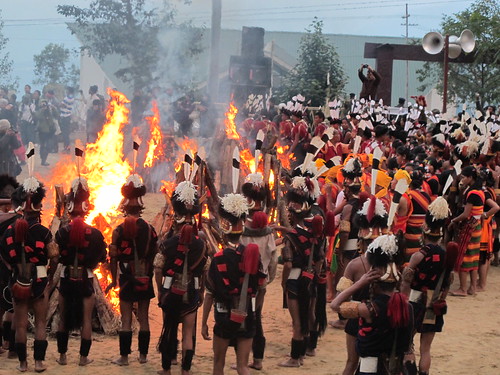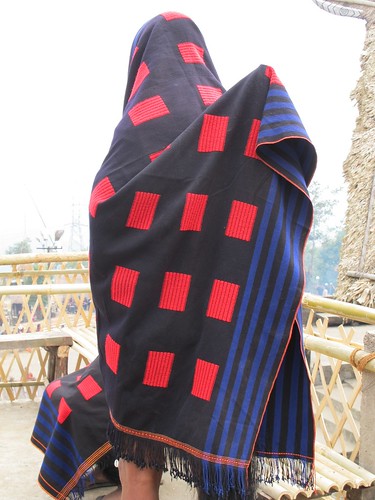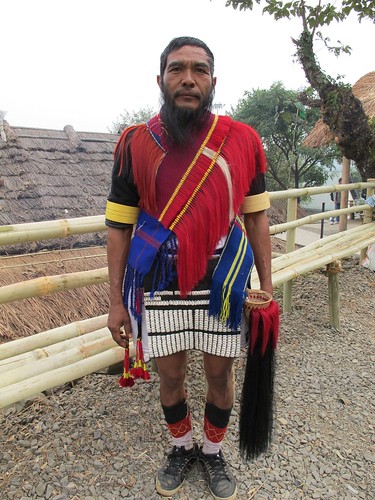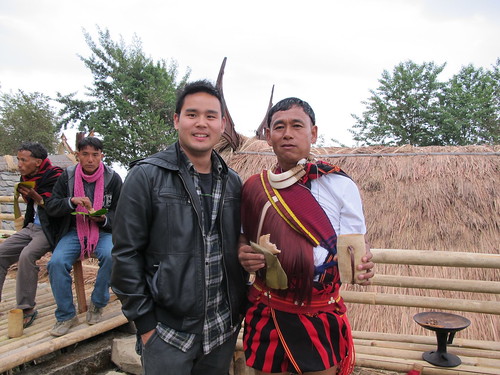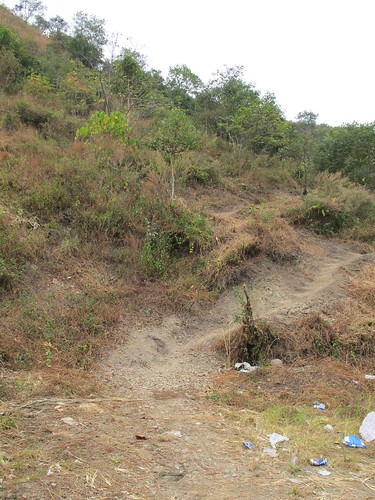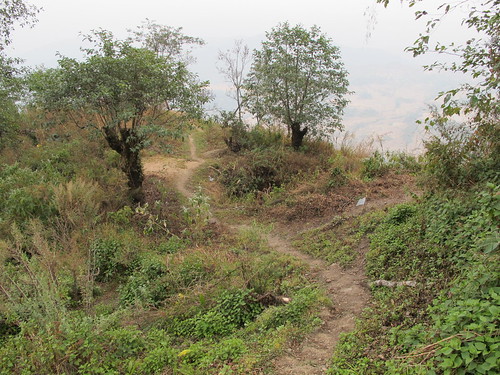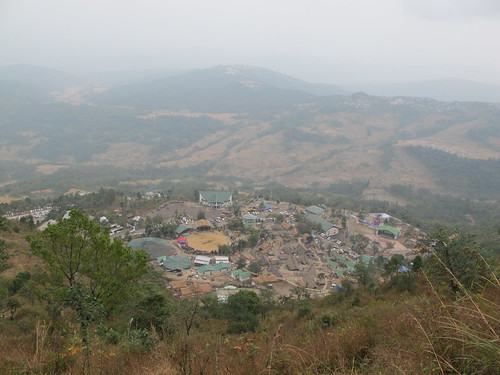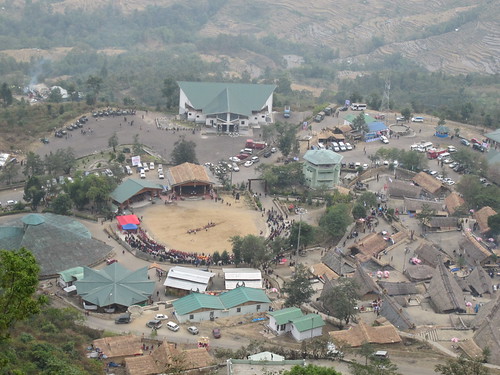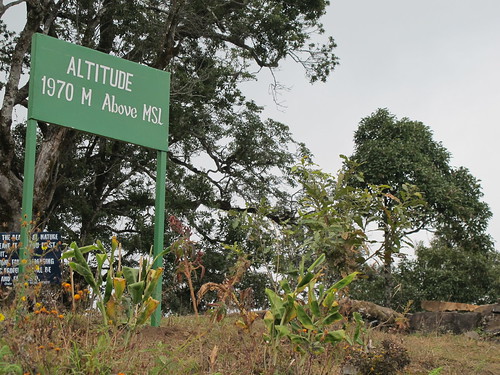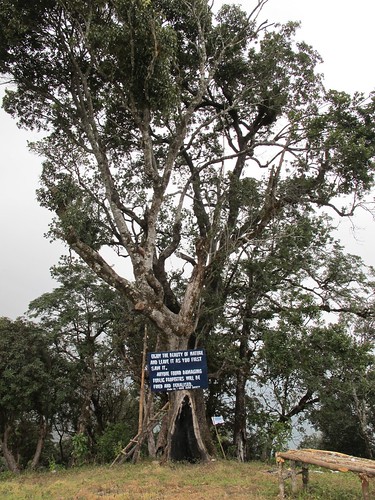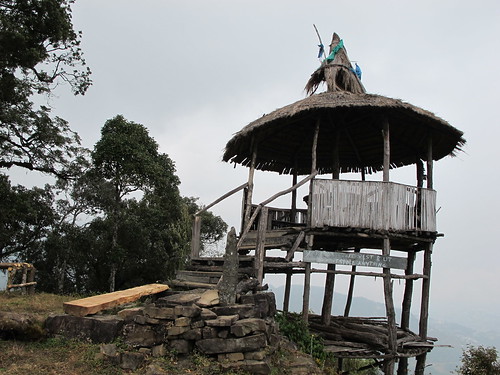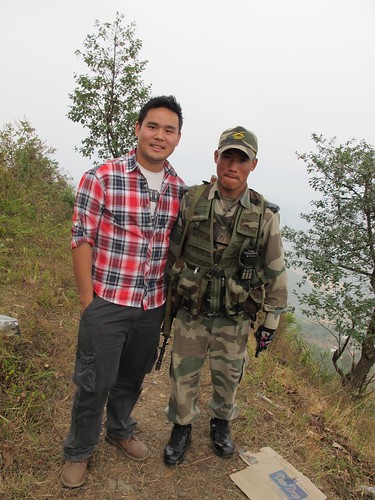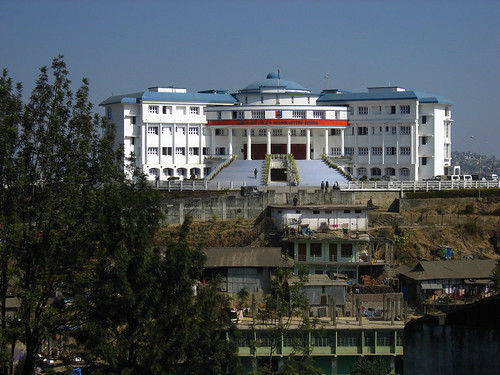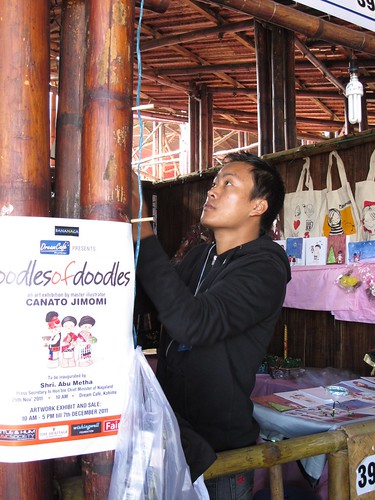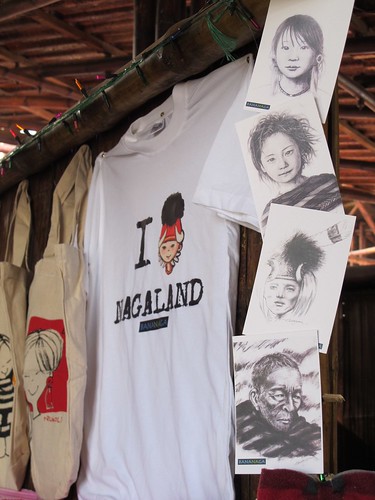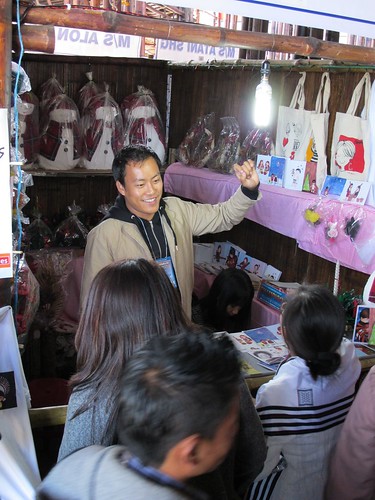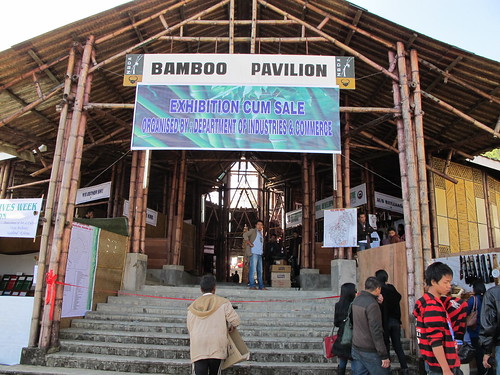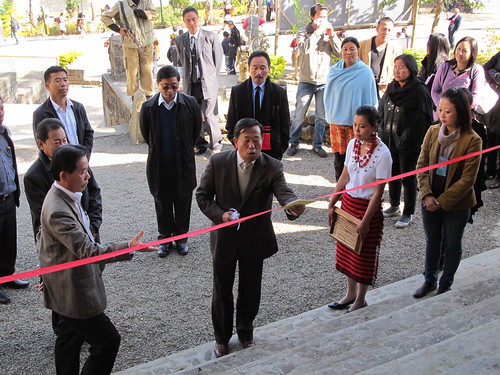Last week I caught a taxi back from Midland in Kohima. Some Sumi friends accompanied me to the taxi stand to help me negotiate a fare, but I was headed for Bara Bosti, the original Kohima village, which is almost exclusively Angami for historical reasons. The taxi driver, who turned out to be Lotha (another major tribe of Nagaland) was confused and asked me if I was Angami or Sema (Sumi).
It's quite a telling question - even in 'mixed' cities like Dimapur and Kohima, tribal identity is still very important to most people. Most people want to know what tribe someone else is from. Given that Nagaland's not a big state and I suppose this is also about identity negotiation within the very heterogeneous social fabric of the place. Even within each tribe, people will be curious about the village or clan you're from? Last year in Zunheboto, I was asked Khuuno ghami kea? 'Which village are you from?' when I first met someone, before my friend had to explain that I wasn't even from Nagaland.
Often people can tell someone's tribe by looking at physical features, picking up on sociolinguistic cues, or knowing the other person's name. As a last resort, they might just ask someone outright what tribe they're from (like I was asked). I've been told many times that physically, I'm too tall to be a Sumi. Also, despite all attempts at getting a tropical tan, my skin is still 'too fair' to be either Angami or Sumi. One Angami friend reckons that I have the height and facial features of an Angami, but my 'fair' skin makes me look more like an Ao.
These 'rules' (for want of a better word) often strike me as fairly arbitrary. It's true that I tower over most people in Zunheboto (the headquarters of the Sumi-dominated district), but I've met Sumis who I'd consider to be just as 'fair' as me. It's also not as if all Angamis are tall - given that the capital city Kohima is in Angami territory, better nutrition in recent history might have resulted in some people gaining in stature, but only in certain pockets of the population.
My Sumi, Angami and Ao friends often have things to say about the 'character' of people from other tribes. They're gross generalisations, but I find such perceptions of other tribes interesting.
To avoid offending any particular tribe, I'm just going to rely on a song composed by an Angami person named Zutakherie. It's a pretty famous song in Nagaland (I can't find any videos of it on Youtube though). The title can be translated as 'Residents of Kohima' / 'People living in Kohima'.
Kohima te thakia khan composed by Zutakherie
Kohima te thakia khan
Nisa lake phutani,
Wokha pura ahia khan
chalak, chalak ahise,
Mokokchung thakia khan
style kuri ahise,
Zunheboto pura ahia khan jagara,
Sop jati Kohima te jama kurise,
Kohima Nagaland capital,
Naga manu misa-mishi ofis te najailebi
tolop pai - Nagaland city kuribole.
Loosely translated (suggestions, especially for the last two lines, are welcome since my Nagamese isn't good):
Kohima residents
Get drunk and feel proud
People coming from Wokha
Are very cunning / come with their tricks (?).
Mokokchung residents
Come in style
People from Zunheboto come fighting / arguing.
All tribes gather in Kohima,
Kohima the capital of Nagaland.
Nagas casually don't go to work / office
(But still) draw a salary - (in so doing, they are) making a Nagaland city.
So there you have it:
The Angamis (the traditional residents of Kohima) are drunkards, the Lothas (from Wokha) are liars and tricksters, the Aos (from Mokokchung) are overly concerned with fashion, and the Sumis (from Zunheboto) are a rowdy violent bunch.
All according to the song of course.
It's quite a telling question - even in 'mixed' cities like Dimapur and Kohima, tribal identity is still very important to most people. Most people want to know what tribe someone else is from. Given that Nagaland's not a big state and I suppose this is also about identity negotiation within the very heterogeneous social fabric of the place. Even within each tribe, people will be curious about the village or clan you're from? Last year in Zunheboto, I was asked Khuuno ghami kea? 'Which village are you from?' when I first met someone, before my friend had to explain that I wasn't even from Nagaland.
Often people can tell someone's tribe by looking at physical features, picking up on sociolinguistic cues, or knowing the other person's name. As a last resort, they might just ask someone outright what tribe they're from (like I was asked). I've been told many times that physically, I'm too tall to be a Sumi. Also, despite all attempts at getting a tropical tan, my skin is still 'too fair' to be either Angami or Sumi. One Angami friend reckons that I have the height and facial features of an Angami, but my 'fair' skin makes me look more like an Ao.
These 'rules' (for want of a better word) often strike me as fairly arbitrary. It's true that I tower over most people in Zunheboto (the headquarters of the Sumi-dominated district), but I've met Sumis who I'd consider to be just as 'fair' as me. It's also not as if all Angamis are tall - given that the capital city Kohima is in Angami territory, better nutrition in recent history might have resulted in some people gaining in stature, but only in certain pockets of the population.
My Sumi, Angami and Ao friends often have things to say about the 'character' of people from other tribes. They're gross generalisations, but I find such perceptions of other tribes interesting.
To avoid offending any particular tribe, I'm just going to rely on a song composed by an Angami person named Zutakherie. It's a pretty famous song in Nagaland (I can't find any videos of it on Youtube though). The title can be translated as 'Residents of Kohima' / 'People living in Kohima'.
Kohima te thakia khan composed by Zutakherie
Kohima te thakia khan
Nisa lake phutani,
Wokha pura ahia khan
chalak, chalak ahise,
Mokokchung thakia khan
style kuri ahise,
Zunheboto pura ahia khan jagara,
Sop jati Kohima te jama kurise,
Kohima Nagaland capital,
Naga manu misa-mishi ofis te najailebi
tolop pai - Nagaland city kuribole.
Loosely translated (suggestions, especially for the last two lines, are welcome since my Nagamese isn't good):
Kohima residents
Get drunk and feel proud
People coming from Wokha
Are very cunning / come with their tricks (?).
Mokokchung residents
Come in style
People from Zunheboto come fighting / arguing.
All tribes gather in Kohima,
Kohima the capital of Nagaland.
Nagas casually don't go to work / office
(But still) draw a salary - (in so doing, they are) making a Nagaland city.
So there you have it:
The Angamis (the traditional residents of Kohima) are drunkards, the Lothas (from Wokha) are liars and tricksters, the Aos (from Mokokchung) are overly concerned with fashion, and the Sumis (from Zunheboto) are a rowdy violent bunch.
All according to the song of course.

